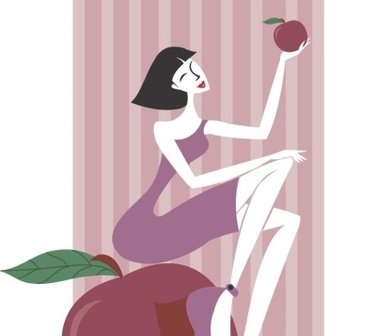Acid test
Between the grapefruit diet, the blood-type diet, the two-day fast diet, the cabbage diet and the liquid diet, it seems we’re always just one diet away from that elusive perfect body.
But do any of them really deliver on the promises they make or are they just a short-term fix for those of us looking for an easy way out?
The acid/alkaline diet sparks impassioned debate among its devotees — and sceptics — with some touting it as a cure for arthritis, diabetes, the ageing process, and more. Others say it really isn’t necessary.
According to dietitian Julie Meek, most of the diets doing the rounds these days are far from new.
“Diets tend to go in cycles, like fashions, and the acid/alkaline diet is no different. The premises it is based on have been around for years, ” Ms Meek says.
“It’s based on the idea that by eating foods which are classified as alkaline we can help the body maintain an ideal pH balance to improve our overall health.”
PH refers to how acidic or alkaline a substance is; with 0 being completely acidic and 14 being alkaline.
A normal blood pH should always be slightly alkaline within the range of about 7.35 to 7.45.
The stomach is naturally more acidic with a pH range of 1.35 to 3.5. This helps to break down food and aid in digestion.
The theory behind the acid/alkaline diet is that by controlling the pH levels in the body by eating certain foods to increase alkalisation, the body will run more efficiently.
It recommends, for instance, beginning the day with a glass of freshly squeezed lemon juice, because, although acid tasting to the palate, once entering the stomach, lemon juice actually becomes alkaline — a great detoxifier.
Remede Wellness Medicine nutritionist Jan Purser says that in general the more acidic (or the lower pH) the body is, the greater the potential for more health problems. While elements of the acid/alkaline diet have merit, Ms Purser says it’s important not to take the diet too far.
She recommends her clients increase their intake of alkalising foods such as fruit, raw or slightly cooked green leafy vegetables and herbal teas and limit their intake of dairy, meat, grains, caffeine and alcohol, which she says are all classified as acid-producing foods.
© The West Australian
More Health news: thewest/lifestyle.com.au









